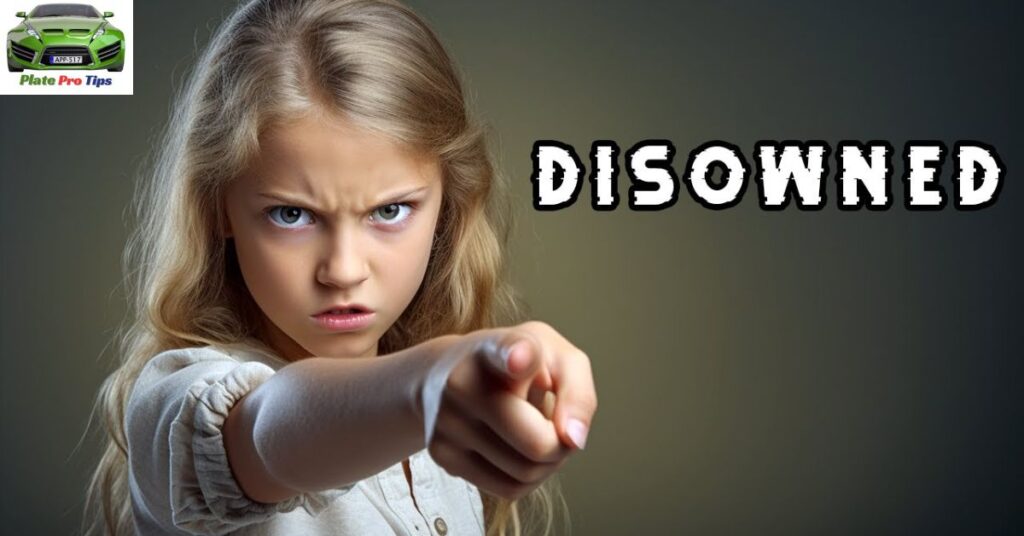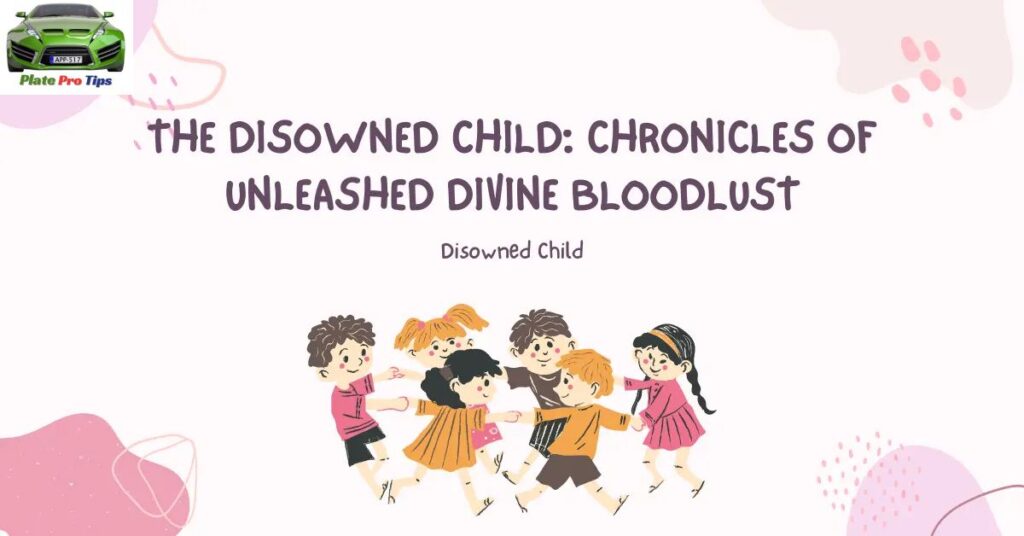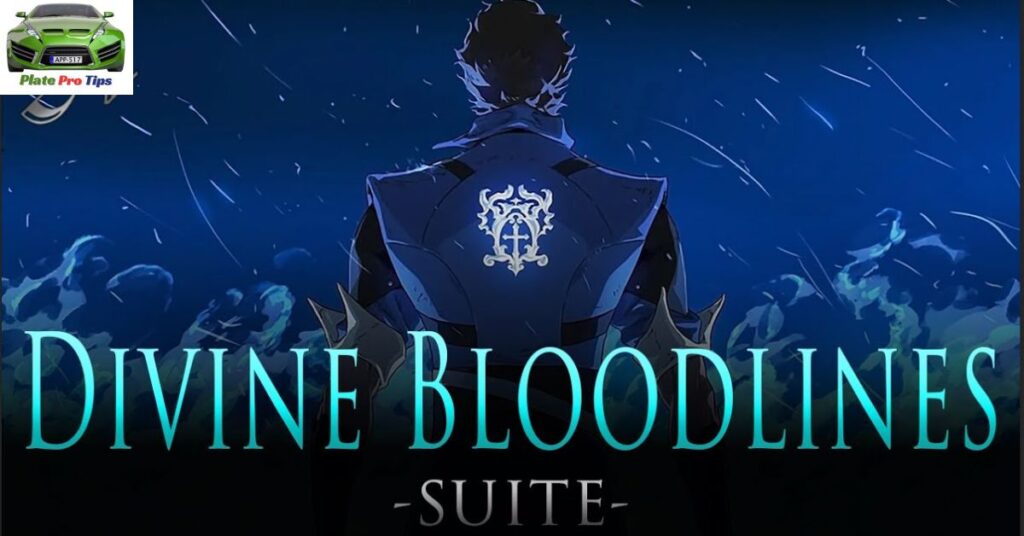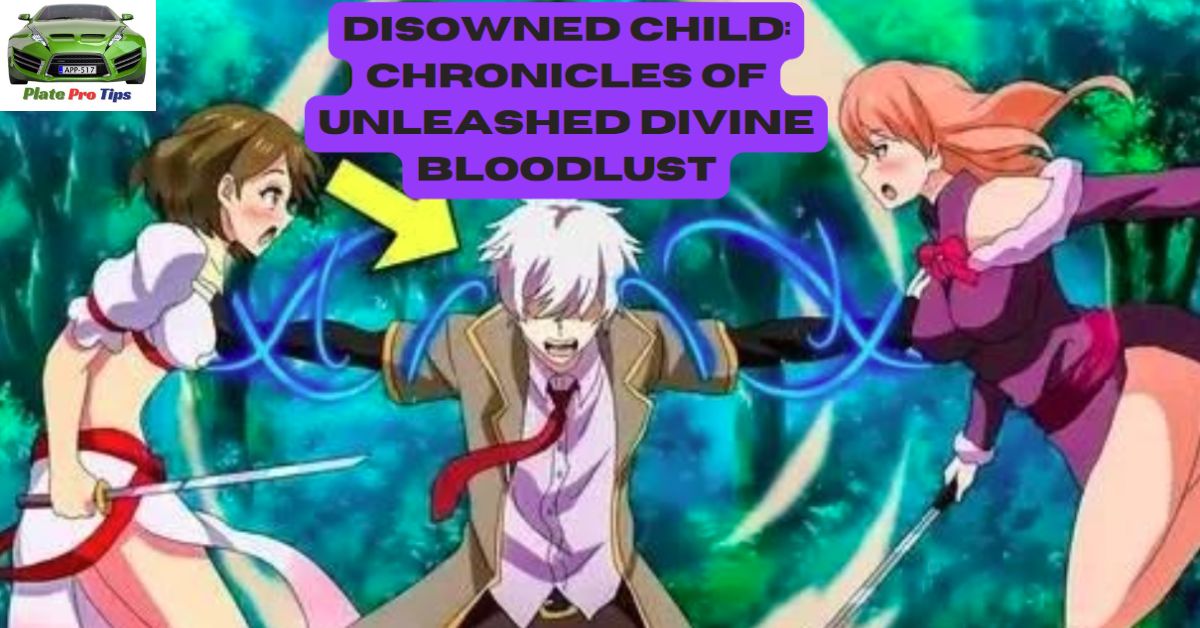The Disowned Child: Chronicles of Unleashed Divine Bloodlust is a captivating tale. It blends mythology with modern storytelling. The story centers on individuals with divine heritage living among humans. These characters grapple with their dual nature. They struggle to control their innate divine bloodlust.
The Disowned Child: Chronicles of Unleashed Divine Bloodlust dives into a world where divine power meets human struggle. A child, cast away by celestial beings, battles with a fierce inner force. Will they rise above their destiny or be consumed by their own divine fury?
The Disowned Child: Chronicles of Unleashed Divine Bloodlust is about a child abandoned by divine beings. They struggle with their powerful, inherited rage and seek a place in a world that fears them. The story is filled with battles, emotion, and the search for identity.
Early Phases Of Divine Bloodlust
Divine bloodlust has ancient roots. It appears in myths across cultures. Greek gods often displayed uncontrollable rage. Norse deities were known for their battle fury. Hindu gods sometimes embodied destructive forces.
Early tales warned of the dangers of divine anger. They showed how godly wrath could reshape the world. Mortals feared and revered this divine power. Some stories told of demigods struggling with their inherited bloodlust.
Ancient texts described rituals to appease wrathful gods. Priests sought to channel divine fury for protection. Warriors prayed for battle frenzy from their patron deities. These early beliefs laid the groundwork for later tales of divine bloodlust.
Qualities Of The Disowned Child
Disowned children possess unique traits. They have superhuman strength and accelerated healing. Many can tap into divine energy for various effects. Some exhibit prophetic visions or control over elements.

These individuals often struggle with identity issues. They feel caught between two worlds. Their moral compass may be skewed by their divine heritage. Many experience periods of uncontrollable rage or bloodlust.
Physical characteristics might betray their divine origins. Unusual eye colors or birthmarks are common. Some have an otherworldly aura that unsettles normal humans. Their longevity often sets them apart from mortal companions.
Move Of The Disowned Child
The disowned child’s journey begins with awakening. This often occurs during adolescence or early adulthood. A traumatic event may trigger their latent powers. Some experience gradual changes over time.
Initial manifestations can be violent and uncontrolled. The child may hurt loved ones accidentally. Fear and confusion dominate this early stage. Many flee their homes, seeking answers.
Self-discovery becomes a central theme. The disowned child seeks others like them. They may search for their divine parent. Some find mentors to help control their abilities.
Influence On Human Regions
Disowned children impact human society significantly. Their actions can spark religious movements. Some become revered as demigods or prophets. Others are feared as monsters or harbingers of doom.

Their presence often leads to technological advancements. Humans study their abilities, leading to new discoveries. Some regions develop special containment protocols. Others create integration programs for divine-blooded individuals.
Political landscapes shift in response to these beings. Some nations seek to harness their power. Others advocate for their rights as sentient beings. Global alliances form around divine bloodline policies.
Battles And Clashes
Conflict is central to the disowned child’s story. They face internal struggles with their dual nature. Controlling bloodlust becomes a daily challenge. Many battle depression and isolation.
External conflicts arise from human fear and misunderstanding. Some face persecution from religious groups. Others become targets for scientific experimentation. Clashes with other divine beings are common.
Epic battles often occur when bloodlust is unleashed. Cities may be destroyed in the wake of divine fury. These events shape public opinion and policy. They also attract the attention of more powerful entities.
Read This Blog: Scientific Discoveries: Breaking News in the World of Science
Mission For Recovery
Many disowned children seek redemption. They strive to atone for actions committed during bloodlust. This quest often involves helping humanity. Some become protectors of the weak.
Self-acceptance is a crucial part of recovery. Learning to balance human and divine aspects is key. Many seek out support groups or therapists specializing in divine-blooded individuals.
Some embark on quests to understand their heritage. They may seek out ancient temples or texts. Others try to reconnect with their divine parent. This journey often leads to personal growth and understanding.
The Incomparable Bloodlust Mannerism
Divine bloodlust manifests in unique ways. Some experience a berserker rage. Others enter a trance-like state of calm violence. Physical changes often accompany the bloodlust.
Triggers vary between individuals. Some lose control during emotional stress. Others react to specific stimuli linked to their divine heritage. Learning to recognize and manage triggers is crucial.
The aftermath of bloodlust often brings shame and regret. Many struggle with PTSD-like symptoms. Support systems become essential for long-term management. Some find creative outlets help channel their divine energy.
Researching Moral Haziness
Disowned children navigate complex moral landscapes. Their actions can have far-reaching consequences. The line between heroism and villainy often blurs.
Questions of free will arise frequently. How much control do they have over their bloodlust? Are they responsible for actions committed in that state? These dilemmas challenge traditional moral frameworks.
Some argue their divine heritage places them above human law. Others feel a stronger obligation to uphold moral standards. This tension creates rich storytelling opportunities. It reflects real-world debates about power and responsibility.
The Disowned Child Recorded As A printed version And Media
Literature has embraced the disowned child archetype. Fantasy novels often feature divine-blooded protagonists. These stories explore themes of identity and belonging. Young adult fiction finds the coming-of-age aspect compelling.
Video games allow players to experience divine bloodlust firsthand. Role-playing games let users create their own disowned child characters. These interactive stories offer unique perspectives on the moral choices involved.
Social Resonations
The disowned child narrative resonates across cultures. It speaks to universal feelings of alienation and searching for belonging. Many see parallels with immigrant experiences or mixed-race identities.
Religious communities debate the implications of these stories. Some see them as metaphors for spiritual struggles. Others worry about their impact on traditional beliefs. Interfaith dialogues often reference these narratives.
Mental health advocates use these stories to discuss managing inner turmoil. The bloodlust aspect resonates with those dealing with anger management issues. Support groups sometimes use the disowned child as a therapeutic metaphor.
Refining The Sublime
Stories of disowned children often lead to personal growth. Characters learn to embrace their dual nature. This journey reflects the human struggle for self-acceptance.
Many narratives emphasize the importance of choice. Despite their heritage, disowned children can choose their path. This message of free will resonates with readers.
The sublime aspect of their nature is often refined through struggle. Raw power becomes tempered with wisdom. This transformation echoes philosophical and spiritual concepts of enlightenment.
Defeating Inclination
Overcoming prejudice is a common theme. Disowned children face discrimination from humans and divine beings. Their journey often involves breaking down barriers.
These stories promote acceptance of differences. They challenge readers to look beyond appearances. The disowned child becomes a symbol of unity between different worlds.
Many narratives show the strength in diversity. Teams of individuals with varied heritage often save the day. This reflects real-world movements promoting inclusivity and cooperation.
Read This Blog: Why Am I Getting A Package From Auctane ShipStation?
Future Of Divine Bloodlines
Speculation about the future of divine bloodlines is common. Some stories predict a new race of human-divine hybrids. Others foresee the gradual dilution of divine blood over generations.

Ethical debates arise around genetic engineering of divine traits. Should humans attempt to harness this power? What are the risks and benefits? These questions mirror real-world discussions about genetic modification.
Environmental factors often play a role in these futures. Climate change or cosmic events might awaken dormant divine genes. Post-apocalyptic settings explore how divine bloodlines might reshape society.
Frequently Asked Qustions
What exactly is divine bloodlust?
Divine bloodlust is an uncontrollable urge for violence or power stemming from a character’s godly heritage. It often manifests as superhuman strength or abilities during periods of extreme emotion.
Are disowned children always violent?
No, not all disowned children are violent. Many struggle to control their bloodlust and seek peaceful lives. Their stories often focus on this internal conflict.
Can disowned children have relationships with humans?
Yes, but these relationships are often complicated. The disowned child’s long lifespan and struggle with bloodlust can create challenges.
Do all cultures have similar stories of divine-human hybrids?
Many cultures have myths about beings with both divine and human ancestry. Details vary, but the theme is widespread across world mythologies.
Is there any scientific basis for the concept of divine bloodlines?
The concept is purely fictional. However, some storytellers use scientific concepts like genetic mutation to explain divine abilities in a more grounded way.
Conclusion
The Disowned Child: Chronicles of Unleashed Divine Bloodlust captivates audiences worldwide. It blends mythology, modern storytelling, and universal themes. The struggle with divine bloodlust serves as a powerful metaphor. It represents the human battle with inner demons and societal expectations.
These stories challenge us to consider complex moral questions. They explore the nature of identity, responsibility, and redemption. Through the lens of fantasy, we gain new perspectives on real-world issues.
The enduring popularity of this genre speaks to its resonance. It offers both escape and reflection. As we continue to grapple with questions of belonging and purpose, the disowned child archetype remains relevant. It reminds us of our own potential for greatness and the importance of choosing our path.

I’m Shoaib, a passionate blogger with 5 years of experience. I love writing about tech. My goal is to share useful information and insights with you. Explore my website to discover exciting content on various topics!






